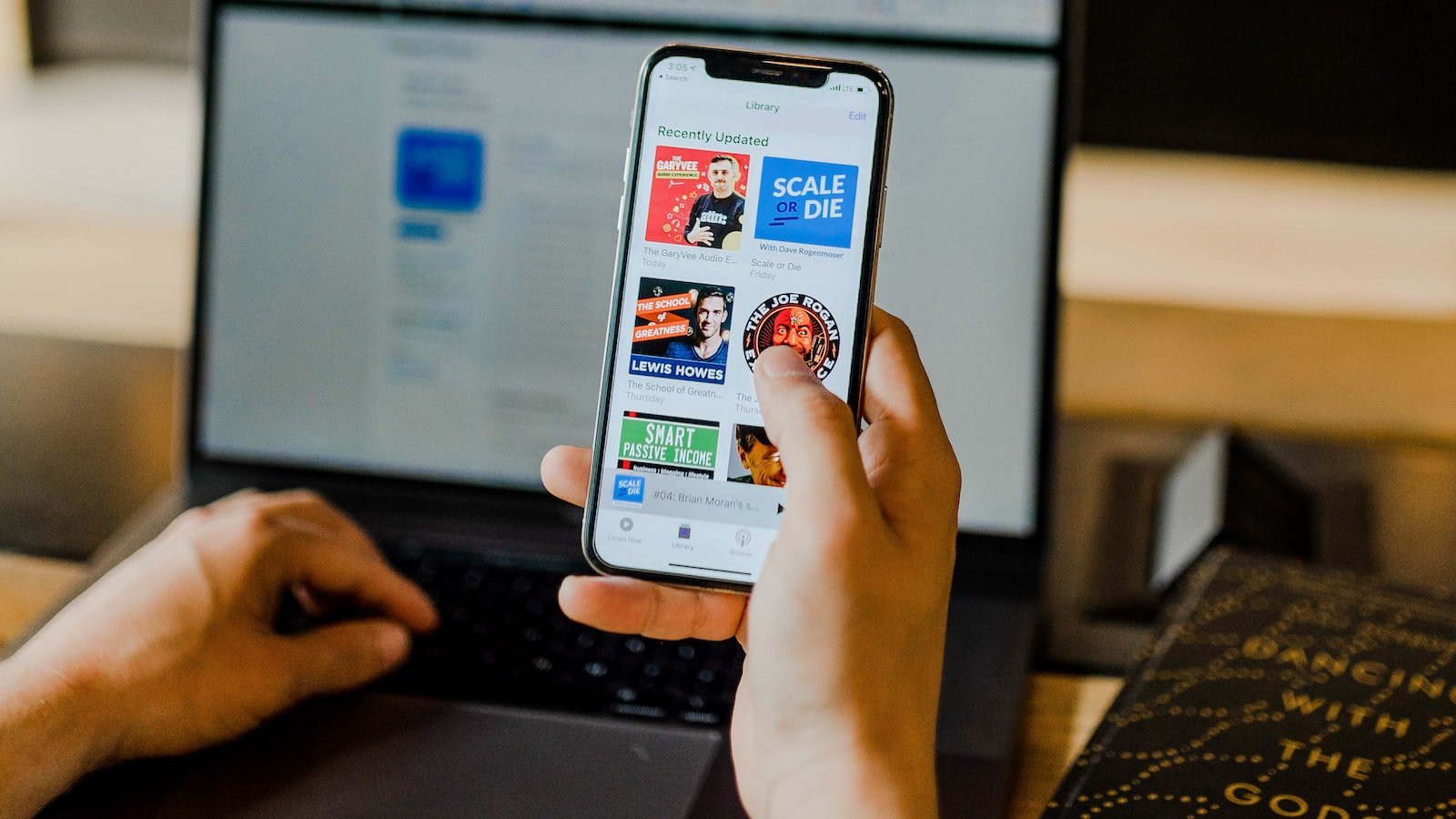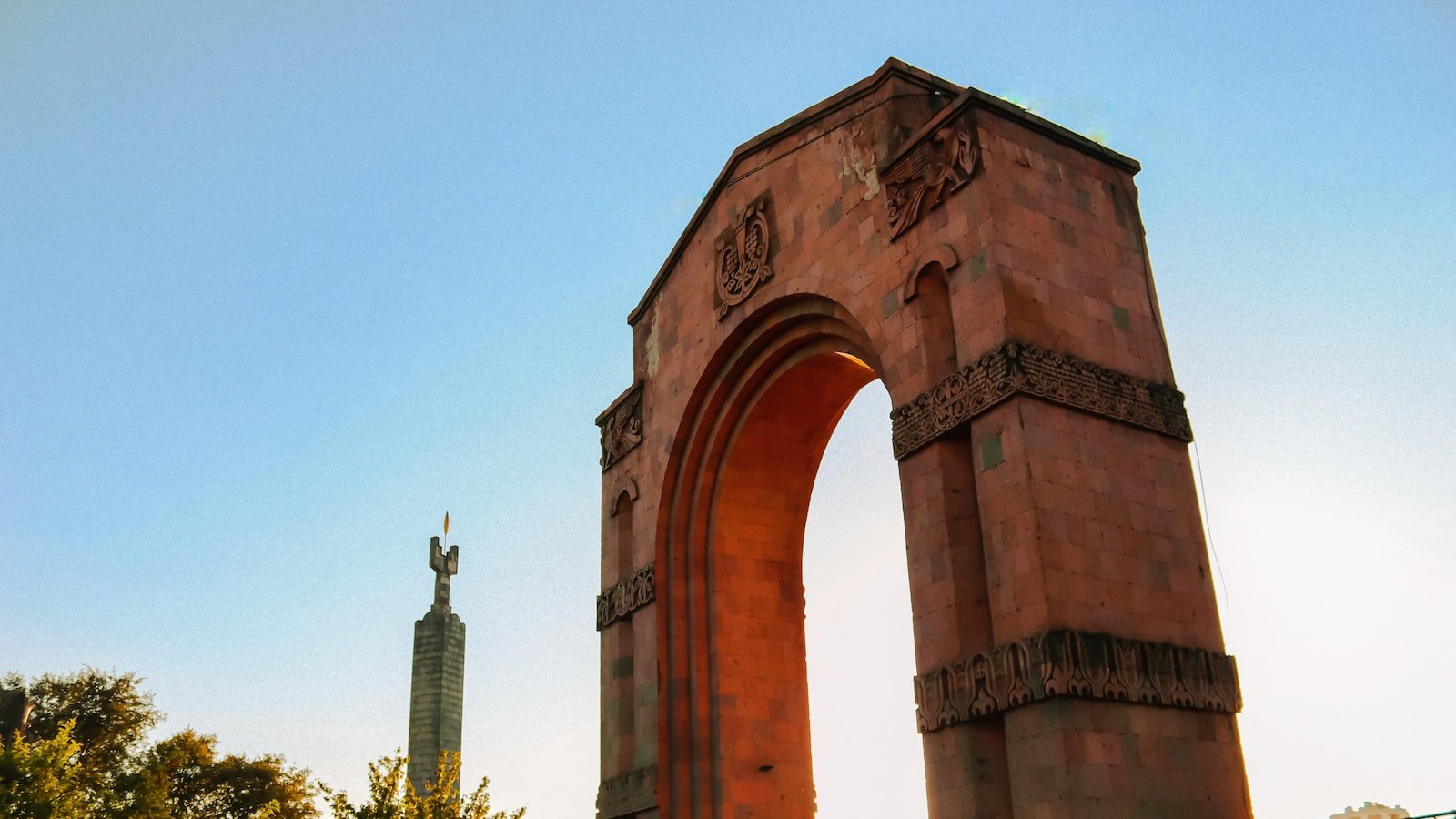In the vast digital landscape, where billions of images vie for attention, mastering the art of image SEO has become a paramount skill. With search engines evolving at breakneck speed, it is no longer enough to just create visually stunning content, but rather, one must ensure their masterpieces are showcased prominently in search results. Welcome to the captivating world of “,” where creativity meets technique, and the pursuit of visual excellence intertwines with the science of search engine optimization. Within these virtual pages, we unveil the secrets and techniques that transform mere pixels into powerful assets, capable of captivating audiences and skyrocketing visibility. Delve into this journey of aesthetic prowess, as we explore the boundless possibilities that await those ready to elevate their images to new heights in the realm of search.
Table of Contents
- Optimizing Image Attributes for Enhanced Search Visibility
- Unlocking the Power of Alt Text and Image File Names for SEO
- Utilizing Descriptive Captions to Boost Image Relevance in Search
- Leveraging Structured Data Markup to Maximize Image SEO Success
- Q&A
- Closing Remarks

Optimizing Image Attributes for Enhanced Search Visibility
In the vast world of search engine optimization, enhancing your website’s search visibility goes beyond just textual content. Images play a pivotal role in catching the eye of users and boosting engagement. When it comes to optimizing image attributes, there are a few aesthetic strategies that can make a significant impact on your search results.
1. Choose high-quality images: Just like a captivating headline draws readers in, visually appealing images create a lasting impression. Opt for high-resolution images that are clear and sharp, ensuring they align with the overall aesthetic of your website.
2. Optimize file names: Image file names are often overlooked, but they can have a surprisingly big impact on search visibility. Instead of opting for generic names like “IMG12345.jpg”, use descriptive and keyword-rich filenames. For instance, if you have an image showcasing a new recipe, name it something like “creamy-chicken-pasta.jpg” to help search engines understand the image’s content.
3. Utilize alt text: Alt text is crucial for accessibility purposes, but it also provides an opportunity to optimize your images for search engines. Be descriptive in your alt text, using relevant keywords to accurately describe what the image depicts. However, avoid keyword stuffing and keep the alt text concise and informative. This allows search engines to better understand what the image is about and improves your chances of appearing in relevant search results.
4. Compress image size: Website loading speed significantly affects user experience and search rankings. Compressing your images’ file size ensures that your website remains snappy and responsive. Various image compression tools are available online, allowing you to reduce file sizes without compromising on quality.
By implementing these aesthetic strategies and optimizing your image attributes, you can enhance your website’s search visibility and create impressive search results that not only attract users but also improve user experience. Remember, images are a powerful tool that can contribute to the overall success of your SEO efforts. So, take the time to optimize them and watch your search visibility soar.
Unlocking the Power of Alt Text and Image File Names for SEO
Alt text and image file names might seem like insignificant details when it comes to SEO, but they can actually have a significant impact on your website’s search results. By understanding how to optimize these elements, you can unlock the hidden power they possess and propel your website to new heights.
One of the key benefits of utilizing alt text and image file names is the ability to improve your website’s visibility in image searches. When search engines crawl your website, they can’t “see” the images like humans do. Instead, they rely on the alt text and image file name to understand what the image is about. By using descriptive alt text and relevant file names, you provide search engines with valuable context, increasing the chances of your images appearing in relevant search results.
Additionally, alt text and image file names also contribute to your website’s overall content relevance and keyword optimization. Just like when you optimize your written content with keywords, using relevant keywords in your alt text and file names can signal to search engines what your website is about. This can boost your website’s overall SEO efforts and increase its visibility in search engine results pages (SERPs).
To make the most of alt text and image file names for SEO, keep the following tips in mind:
- Be specific and descriptive: Instead of using generic terms, describe the image accurately in your alt text. This not only helps visually impaired users understand the image through screen readers but also assists search engines in determining its context.
– Incorporate keywords strategically: Choose relevant keywords that accurately describe the image and seamlessly integrate them into your alt text and image file names. However, avoid keyword stuffing, as it can have a negative impact on your SEO efforts.
– Use hyphens or underscores in file names: To enhance readability, use hyphens (-) or underscores (_) to separate words in image file names. This helps search engines understand the individual words better and improves the overall user experience.
By taking the time to optimize your alt text and image file names, you can unlock a powerful tool that improves your website’s visibility in image searches and enhances its overall SEO efforts. Don’t underestimate the impact of these seemingly small details – they can make a world of difference in driving organic traffic to your website.
Utilizing Descriptive Captions to Boost Image Relevance in Search
In the world of image search optimization, descriptive captions play a crucial role in boosting the relevance of your images. When it comes to impressing search engines and captivating your audience, the art lies in creating aesthetic strategies that bring your images to life in search results. Here are some insights and tips for beginners looking to master the art of image SEO:
1. Craft Engaging Descriptive Captions: A well-crafted descriptive caption can be a game-changer for your image’s visibility. It serves as a concise yet compelling way to describe and contextualize your image to search engines and users alike. Be sure to use relevant keywords and phrases that accurately represent the content of your image. Consider bolding important keywords to make them stand out and grab attention.
2. Harness the Power of Alt Text: Alt text, also known as alternative text, provides an alternative description for an image when it cannot be displayed or accessed. Not only does alt text improve accessibility, but it also contributes to image SEO. Optimize your alt text by using descriptive and concise language that accurately describes the image’s content. Including relevant keywords in the alt text can further enhance its visibility in search results. Remember to keep the alt text concise and avoid keyword stuffing to maintain a positive user experience.
Leveraging Structured Data Markup to Maximize Image SEO Success
Using structured data markup is an essential technique to turbocharge your image SEO efforts and achieve remarkable results in search engine rankings. By implementing structured data markup, you can provide search engines with additional information about your images, making them more easily discoverable and attractive to users.
One of the key advantages of structured data markup is that it allows you to create rich snippets for your images, which can significantly enhance their visibility in search results. With structured data markup, you can specify details like the image file type, dimensions, and even the license information. This helps search engines understand the context and relevance of your images, making it more likely for them to be displayed in image carousels or other prominent positions on search engine result pages. Additionally, using structured data markup can improve accessibility for visually impaired users who rely on screen readers, making your website more inclusive and user-friendly.
To leverage structured data markup effectively, consider the following best practices:
– Use schema.org vocabulary to define your structured data markup elements.
– Include relevant metadata such as captions, descriptions, and alt text for your images.
- Specify the image URL and ensure it is accessible for search engines to crawl.
– Implement structured data markup for all types of images on your website, from product images to company logos.
– Regularly test your structured data using tools like Google’s Structured Data Testing Tool to ensure it is valid and properly implemented.
Q&A
Q: What is Image SEO?
A: Image SEO refers to the process of optimizing images on a website to improve their visibility and ranking in search engine results. It aims to enhance the chances of images appearing in relevant search queries, ultimately driving more organic traffic to a website.
Q: Why is Image SEO important?
A: Image SEO plays a vital role in ensuring that your visual content is discoverable by search engine algorithms. By optimizing images, you increase the likelihood of your website being found by potential visitors who are searching for specific images or related content. Moreover, effective Image SEO can enhance the overall user experience on a website and boost its overall ranking on search engines, leading to more visibility and credibility.
Q: What are some aesthetic strategies for impressive search results?
A: To achieve impressive search results, it is crucial to focus on the aesthetics of the images you use on your website. Some key strategies to consider include:
1. High-Quality Images: Make sure your images are visually appealing, well-lit, and of high resolution. Blurry or low-quality images may not only deter users but also negatively impact your search engine rankings.
2. Image Relevance: Ensure that the images you choose are relevant to the content they accompany. The more accurately an image represents the text, the higher the chances of it appearing in relevant searches.
3. Unique and Original: Use original images whenever possible to stand out from your competitors. Avoid stock photos that are commonly used across various websites. Unique and original images can bolster your brand identity and improve search engine visibility.
4. Alt Tags: Always include descriptive alt tags with your images. Alt tags provide textual descriptions of images, allowing search engines to understand their contents. Focus on using relevant keywords without overstuffing the alt tags.
5. Image File Names: Optimize your image file names by using descriptive, keyword-rich names. Avoid generic file names like “IMG0243.jpg.” Instead, use filenames that accurately describe the image content, boosting its relevance in search results.
Q: How can Image SEO impact user experience?
A: Image SEO goes beyond optimizing for search engines; it significantly influences user experience (UX) on your website. By following Image SEO best practices, you ensure that your images load quickly, are visually appealing, and enhance the overall user engagement. A positive UX leads to longer browsing sessions, increased conversions, and a better chance of visitors returning to your website.
Q: Are there any potential drawbacks to Image SEO?
A: While Image SEO is generally beneficial for websites, there are a few considerations to keep in mind. Heavy image files may slow down page loading times, negatively impacting user experience. It is crucial to find a balance between high-quality images and optimized file sizes for efficient loading. Additionally, too many images without relevant textual content may hinder search engines from understanding the context of your webpage. Therefore, incorporating captions, alt tags, and appropriate accompanying text is essential to avoid any potential drawbacks.
Q: How frequently should images be optimized for Image SEO?
A: Image optimization is an ongoing process. As you add new images to your website or update existing ones, it is crucial to optimize them for search engines. Regularly reviewing and optimizing images helps in maintaining their relevance and enhancing search visibility. A proactive approach to Image SEO ensures that your website remains competitive in search engine rankings.
Q: What tools can assist with Image SEO efforts?
A: Several tools can greatly assist in optimizing images for search engines, including:
1. Adobe Photoshop: This versatile image editing software allows you to resize, compress, and enhance images while preserving quality.
2. Google’s PageSpeed Insights: This tool allows you to analyze your website’s speed performance and offers suggestions for optimizing image file sizes and loading times.
3. Yoast SEO: A popular WordPress plugin that offers Image SEO functionalities, including automatic insertion of alt tags, file optimization recommendations, and more.
Remember, when using any tools, it is essential to evaluate their features, compatibility, and user reviews to determine the most suitable option for your specific image SEO needs.
Closing Remarks
In a world where a picture speaks a thousand words, mastering the art of image SEO becomes an imperative skill for those seeking to leave an indelible mark on the digital landscape. By infusing our websites and online platforms with visually stunning imagery that captivates and enthralls, we can rise above the noise and allure search engines to showcase our creations to the world.
While optimizing images for search results may seem like an elusive feat, it is a journey that rewards those willing to embark on it. By understanding the power of aesthetics and employing strategic techniques, we can elevate our digital presence and harness the immense potential of image SEO.
From carefully crafting descriptive file names and alt tags that boost visibility, to optimizing image sizes and formats for lightning-fast loading speeds, every step taken in perfecting image SEO contributes to an extraordinary search experience. The harmonious balance between visually striking content and technical optimization is where the true magic lies.
Beyond the realm of traditional SEO, there lies a captivating intersection where artistry meets technology. The judicious use of image captions, accompanied by rich and relevant metadata, paints a vivid picture of our digital creations in the minds of search engines, making them irresistible to those seeking a feast for the eyes.
As we navigate the ever-evolving digital landscape, it is vital to acknowledge that the sublime power of images extends far beyond mere aesthetics. They have the ability to evoke emotions, tell stories, and forge connections. By mastering image SEO, we equip ourselves with a transformative tool that transcends borders, languages, and cultures, captivating a global audience in ways never thought possible.
So, let us embark on this artistic voyage, armed with the knowledge and creativity to weave our digital tapestries. With each stroke of optimization and each brush of aesthetic allure, we shall carve a path towards the apex of search engine results, where our digital masterpieces shall bask in the limelight they deserve.
The art of image SEO beckons, inviting us to reimagine the boundaries of our digital world. As we unlock its secrets, we unleash a torrent of opportunity, making an indelible impression on the vast canvas of the internet. With the power of aesthetic strategies and an unwavering dedication to artistic excellence, we can seize the spotlight, leaving a trail of awe-inspiring search results in our wake.

